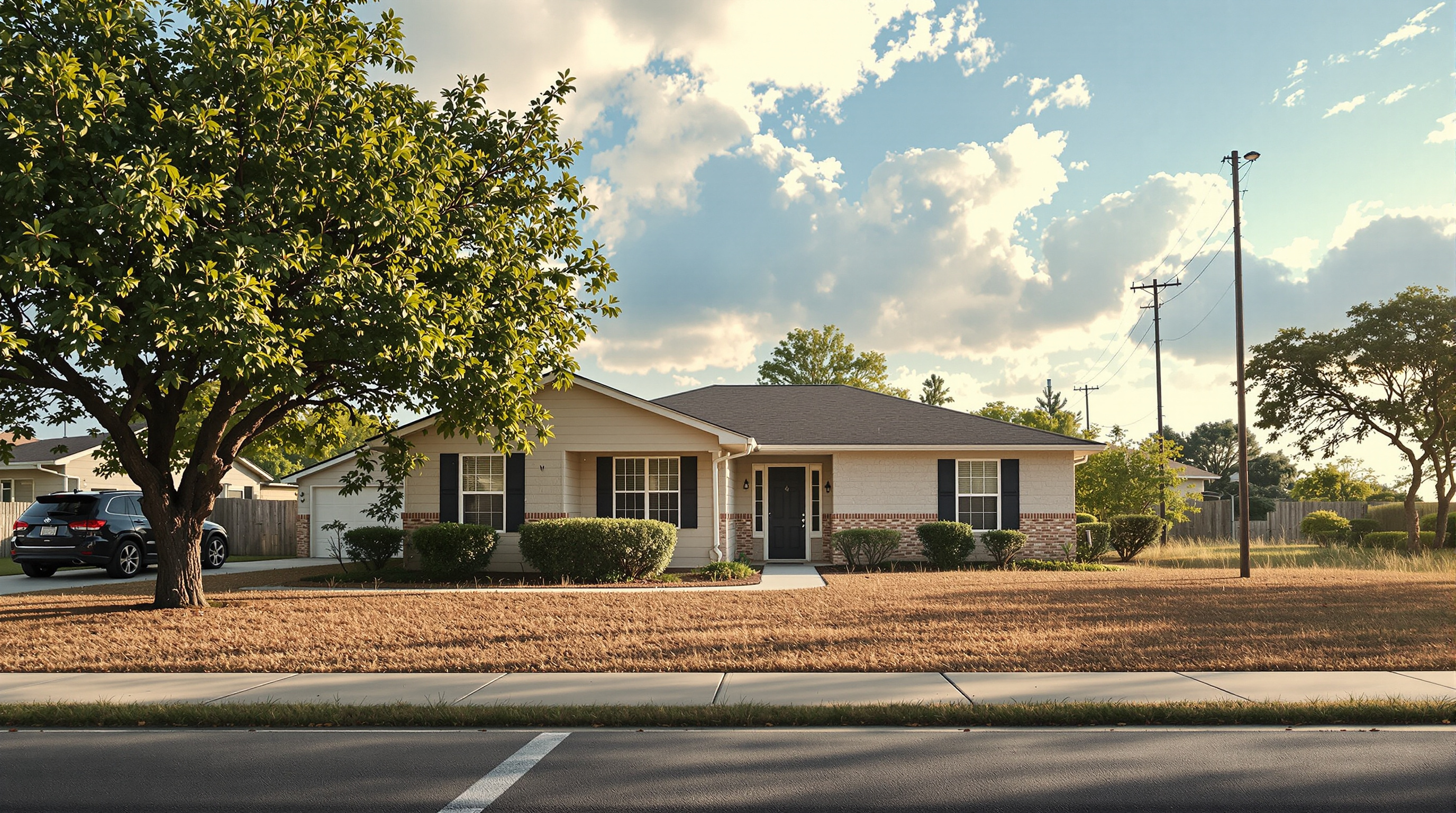Large losses following Hurricane Andrew in 1992 and Hurricane Katrina in 2005 spurred many insurers to change how wind and hail coverage is stipulated in homeowners insurance policies. Rather than a standard dollar wind and hail deductible, many policies now make hurricane or wind and hail damage a percentage deductible.
Understanding wind and hail deductibles
Wind and hail coverage is often part of a standard homeowners policy but may be written as a percentage deductible. Wind and hail coverage also is typically standard in all-peril insurance deductibles.
What is a percentage deductible?
With a percentage deductible, the insured pays a specified percentage of the total before coverage is triggered. For example, if a home was insured for $400,000 with a 2 percent deductible, the policyholder would pay $8,000 out of pocket before being reimbursed. Other policies might include a flat-rate deductible, such as $1,000 or $2,000.
Who needs a wind and hail policy?
Wind and hail policies are especially important in areas at high-risk for strong windstorms and hail. This includes Florida, Ohio, and states within the so-called Tornado Alley, such as Texas, Oklahoma, Kansas, Nebraska, Iowa, and South Dakota. Some states make windstorm and hurricane coverage mandatory for property owners. A mortgage lender also may require homeowners to purchase wind and hail insurance.
Some insurers in coastal states or counties where wind and hail storms are more common do not offer wind and hail policies. Homeowners in those locations may be able to purchase coverage through a plan set up by the state.
What does my wind and hail policy cover?
Wind and hail insurance will cover your home and personal property damaged by major wind events or hail storms. Damage caused by rain entering your home also may be covered if it was due to wind or hail creating an opening in the structure.
What is a fair wind and hail deductible?
The premium paid for wind and hail insurance will depend on the level of risk associated with the property. Factors determining the policy price include location, age, and condition of the property and the amount of coverage needed. Typically, wind and hail deductibles are 1 to 5 percent of the policyholder’s home insurance coverage.
Determining the amount of your wind and hail deductible
Homeowners should seek a deductible in line with their budget. Coastal areas or areas that typically experience wind and hail likely will have more expensive policies. An insurer might offer policyholders the option to pay a higher premium for a fixed-rate deductible rather than a percentage deductible.
How to choose a wind and hail policy
Insurers in areas where wind and hail storms are common might have a hail and wind exclusion. This means cosmetic damage to exterior surfaces such as the roof or windows would not be covered if they still function properly. Consider whether that option is suitable for you or look for a policy that offers more coverage.
How to determine if you’re getting a fair deal
Insurance companies will determine what is covered under wind and hail policies. It is a good idea to read policies closely and compare different plans and premiums before choosing the best option for your property and your budget.
Wind and hail policies are an important part of homeowners insurance. Make sure your property is covered and that the standard or percentage deductible is affordable and properly protects your assets.
Learn more about wind and hail policies as well as other important CRE insurance terms in our dedicated insurance glossary.







